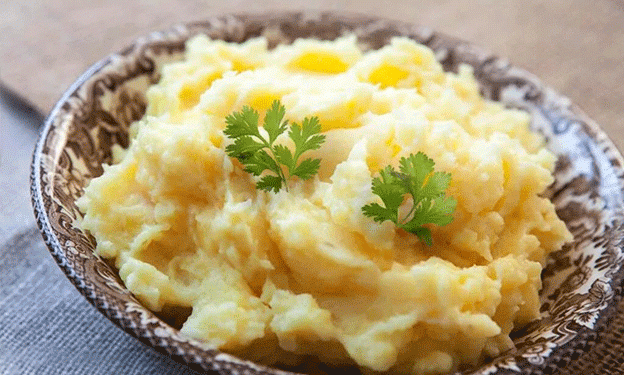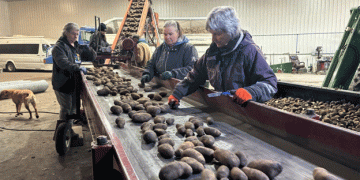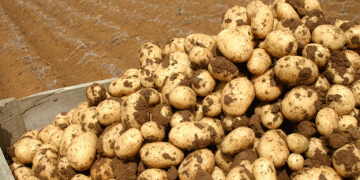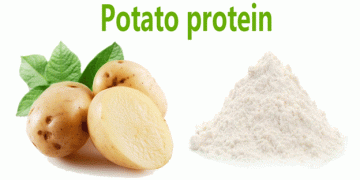In the world of agriculture, few crops can claim the consistent popularity and positive sentiment that potatoes have experienced over the past year. From July 2023 to June 2024, potatoes were not only frequently mentioned across various media platforms but were also celebrated for their nutritional benefits and versatility in the kitchen. This surge in coverage, coupled with overwhelmingly positive sentiment, underscores the potato’s enduring role as a staple in global diets and its growing recognition as a health food.
Traditional Media: A Year of Positive Coverage
During this period, potatoes were covered or mentioned in 1,126 traditional media articles. A closer look at the tone of these articles reveals an impressive ratio: for every negative article, there were more than seven positive ones. Specifically:
- 791 articles (70%) were positive, highlighting the potato’s adaptability in various cuisines and its growing reputation as a nutritious food choice.
- 220 articles (20%) were neutral, often focused on basic industry news or agricultural reports.
- 115 articles (10%) were negative, touching on concerns such as environmental impact, pesticide use, or misinformation around carbohydrate intake.
The spike in media attention was especially pronounced around the holidays, when potatoes took center stage in recipes for festive meals. Additionally, throughout the year, an increasing number of articles focused on the health benefits of potatoes, including their role in providing essential vitamins, minerals, and fiber, as well as being a gluten-free and low-fat food option.
Social Media: Potatoes Get a Warm Reception
On social media, the conversation around potatoes was even more positive. Potatoes were mentioned in 1,787 posts on platforms like X (formerly Twitter) and YouTube. Of these posts:
- 1,434 (80%) were positive, with users praising potatoes for their nutritional value, sharing recipes, and emphasizing their role in balanced diets.
- 267 (15%) were neutral, often related to simple mentions without strong opinions.
- 86 (5%) were negative, mostly focused on diet trends that recommend limiting carbohydrates.
The positive-to-negative ratio on social media was an impressive 17.4:1, indicating that for every negative post, there were over 17 positive ones. This strong sentiment reflects not only the public’s love for potatoes as a comfort food but also a growing awareness of their health benefits. Posts often highlighted potatoes as a great source of potassium, vitamin C, and B6, and celebrated their versatility in meal planning for various dietary needs.
Health Messaging: A Key Driver of Positive Sentiment
One of the most notable trends over the past year has been the increase in health-related messaging surrounding potatoes. Traditionally seen as a simple carbohydrate, potatoes have gained renewed attention for their nutrient density. For example, potatoes provide more potassium per serving than bananas, and their fiber content is beneficial for digestive health. With rising consumer interest in plant-based diets and whole foods, potatoes have seen a resurgence as a wholesome and nutritious option.
The shift in narrative from a focus on carbs to one of overall health and wellness has been largely successful. Nutritionists and food influencers have taken to social media to promote potatoes as a valuable component of a balanced diet, which has contributed to the overwhelmingly positive sentiment in online discussions.
A Bright Future for Potatoes
The strong positive coverage and sentiment around potatoes in both traditional and social media reflect a bright future for this versatile crop. Potatoes continue to be celebrated for their role in both everyday meals and holiday feasts, while also gaining traction as a nutritious food option. As consumer awareness of their health benefits grows, the potato industry stands to benefit from continued positive media attention.
Farmers, agronomists, and food producers should take note of this trend and consider how they can further capitalize on the potato’s popularity, particularly by emphasizing its nutritional value and sustainable farming practices.






